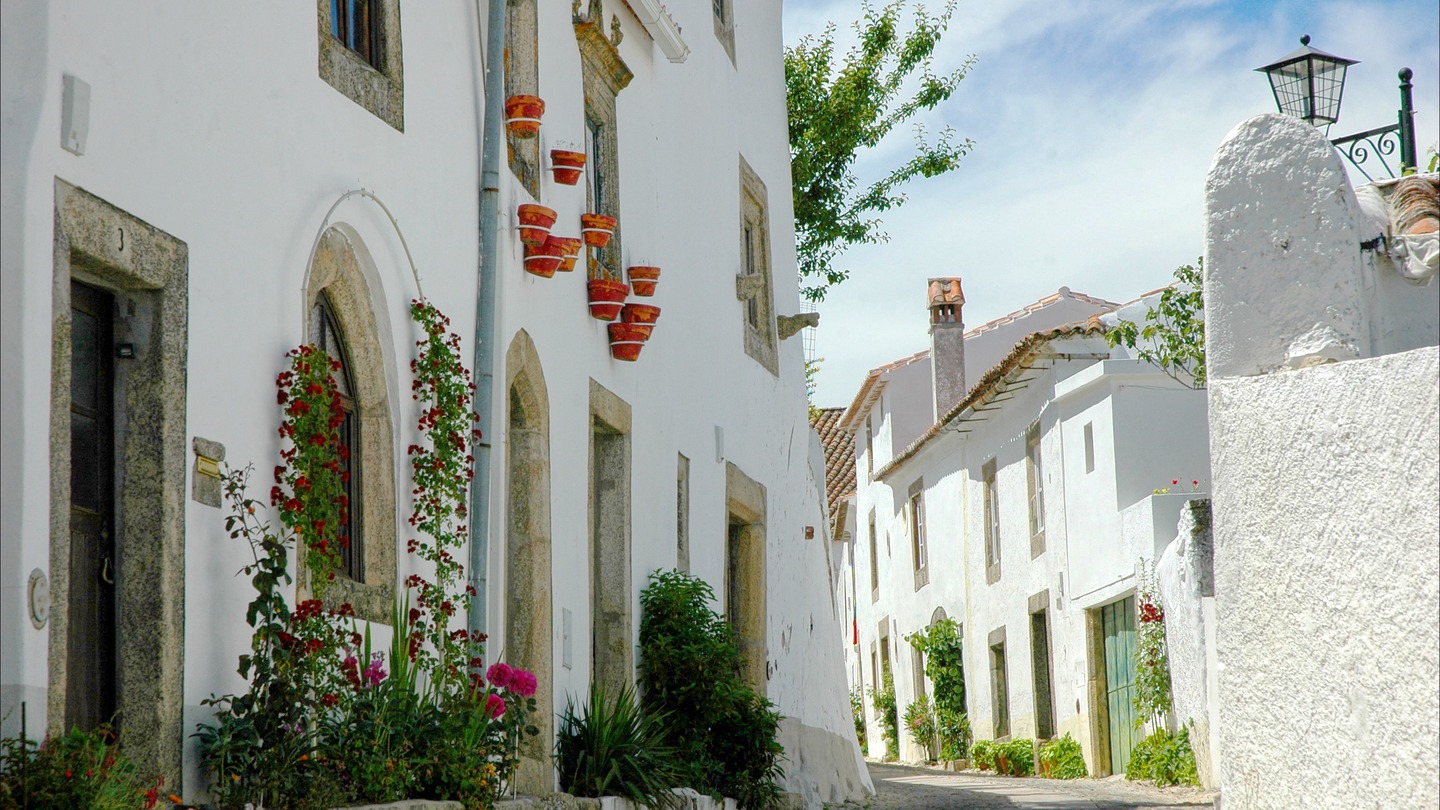Faro is often unfairly ignored by visitors. For many tourists, the city is simply a transport hub between the airport and other destinations in the Algarve. This has allowed Faro to preserve its traditional, leisurely atmosphere.
I want to help you discover this “secret” destination. Don’t miss it!
Faro, a city with history
Faro holds an incredible heritage of ancient buildings and monuments, many of them influenced by different civilizations. From the Romans, through the Visigoths and even the Muslims have ruled the city, getting it to appreciate a host of architectural influences.
Apart from overcoming invasions, Faro has also resisted the whims of nature, such as the earthquake of 1755 (magnitude 9 on the Richter scale) in which the city was partially destroyed and in which part of its wall, as well as other buildings, collapsed.
Why see Faro
- Although it is the capital of the Algarve, Faro has an atmosphere very different from that of the bustling and chaotic of most popular tourist destinations in southern Portugal.
- Its extensive historical heritage is reflected in a large number of old buildings and monuments.
- From Faro, you can make excursions or routes towards the marshes of the Ria Formosa, an important Natural Park.
- Beautiful beaches for all tastes: immense with fine sand, small and hidden, nudist…
What to do in Faro?
In this section I’ll make a small tourist guide with the most interesting points of Faro:
- The historical center of Faro is quite small and can be walked in a while. The cobblestone floor makes its streets practically pedestrian. There are plenty of places to sit down for a drink or even a meal. It is an area where you can eat a fantastic fresh fish. Also in the old town, we will see some of the following monuments…
- The Arco da Vila, also known as Arch of the City, is one of the medieval gateways to the historic center of Faro. Situated opposite the marina, it is considered a National Monument. It has a neoclassical façade and inside there is a horseshoe arch that belonged to the ancient Arab walls. On the exterior front, there is a niche with the image of Saint Thomas Aquinas. See the location on Google Maps.
Main front of Arco da Vila - Faro Cathedral is one of the most important monuments in the old town and is decorated with gold carving, marble, tiles, sculptures and paintings that make this architectural complex one of the most valuable in southern Portugal. Its interior consists of three naves with columns of Tuscan origin and two chapels of the transept. One of the most visited points by visitors is its tower, which is accessed by climbing 68 steep steps. From above, you can enjoy the best views of the city. It costs 3 € for adults. See at Google Maps.
Side of Faro Cathedral - Praia de Faro or Ilha Deserta is the urban beach of the city and has an extension of almost 5 kilometers of fine and golden sands. The water is crystal clear and the shore is dotted with beautiful shells. It is accessed by a ferry service, and although it is a little overcrowded, walking a little you can find quiet areas for a swim. See in Google Maps.
Praia de Faro - The Capela dos Ossos (there is also one in Évora): it is one of the strangest and most surprising places in the city. The chapel was inaugurated in 1816 and in it, you can see the bones of more than 1000 Carmelite monks. The chapel belongs to the Church Nossa Senhora do Carmo which is located behind and contains 1245 other skulls. At the entrance you can read the inscription: “Pára aqui a considerar que a este estado hás-de chegar”, which means “Stop here to reflect that you will arrive at this state too”. Of course, it is a gloomy and surprising place that you cannot miss. See in Google Maps.
Capela Dos Ossos
Why stay in Faro?
In addition to all the charms of the city, Faro has another ace in the hole, its geographical location in the Algarve. Faro is an excellent place to stay and explore the rest of the Algarve.
It also has the best public transport connections in the area and will allow you to travel throughout the Algarve if you don’t have a car.
- Tavira is only 40 minutes away by train.
- Vilamoura is 30 minutes away by bus.
- Lagos an hour and a half by train.
The public transport service works quite well and is very cheap; don’t forget to check the timetables for different routes (check our travel tips for the Algarve).





